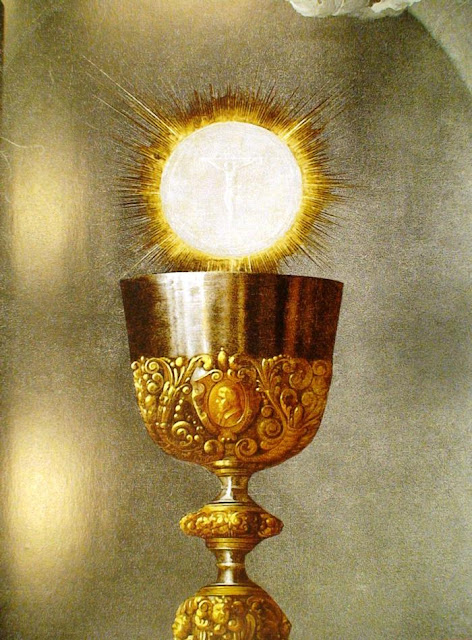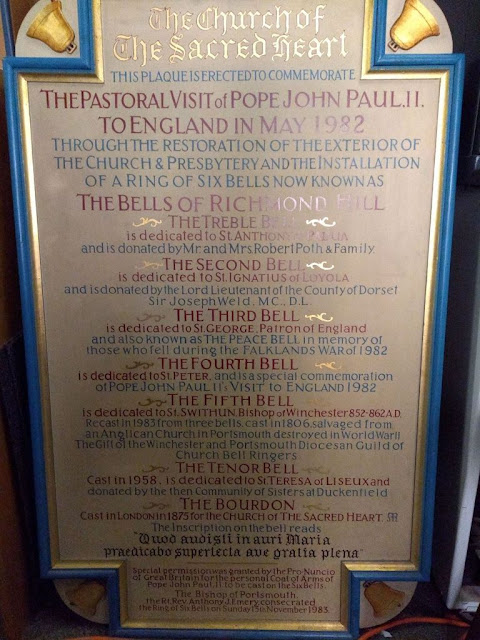Our Lord was in favour of world peace, but that was not what He was bestowing on the apostles
Rembrandt. The Incredulity of St Thomas (Wikimedia Commons) Our Lord would have been in favour of world peace. I think we can safely say that. Even if you think that some wars are, or have been necessary for justice, Our Lord’s positive will would be that people would not commit the sins that led to the injustice in the first place. Be that as it may, when Our Lord appeared to the apostles in the upper room (Jn 20) and gave His greeting “Peace be with you”, he was praying for a peace within their own hearts rather than for a generalised world peace. We can infer this from a previous occasion on which Our Lord said that He would bequeath peace to the apostles and added, “Let not your heart be troubled, nor let it be afraid.” (Jn 14:27) Of course, the two things are not in opposition. As St John XXIII said at the beginning of his encyclical letter Pacem in Terris : "Peace on Earth — which man throughout the ages has so longed for and sought after — can never be established...













